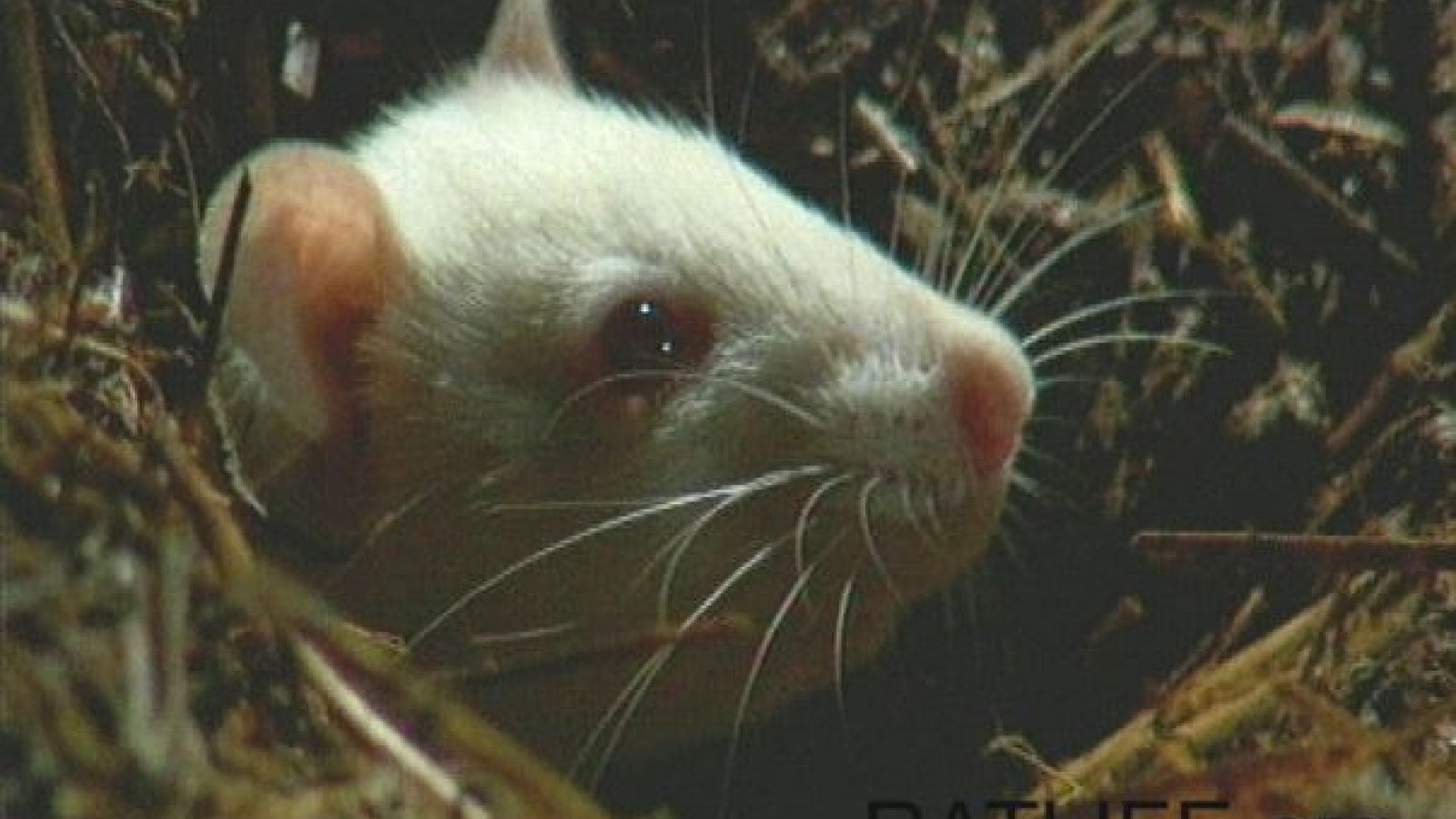
The genome sequence of the Brown Norway rat was unveiled on 1 April 2004. Almost 200 years after the brown rat, Rattus norvegicus, was first used by scientists to understand human physiology and medicine, with early studies concentrating on the effects of food and oxygen deprivation. Mazes to test rat intelligence were first built 100 years ago and the first albino Wistar rats were bred soon after. Since then the rat has become almost a byword for laboratory experimentation.
But has the many generations of inbreeding diminished the lab rats behavioural repertoire? To find out Dr. Manuel Berdoy, a zoologist at Oxford University, released 50 laboratory strains of the domestic Brown Rat back into a controlled wild environment in order to show that generations of domestication have not removed a rats natural range of behaviours and needs. The rats were released into an outdoor enclosure and filmed as they competed in the same manner as their wild cousins. The rats instantly displayed a multitude of behavioural instincts that cage life in a laboratory had kept suppressed and soon adapted to their new environment very successfully.
<
Last edited: 28 July 2022 08:45



